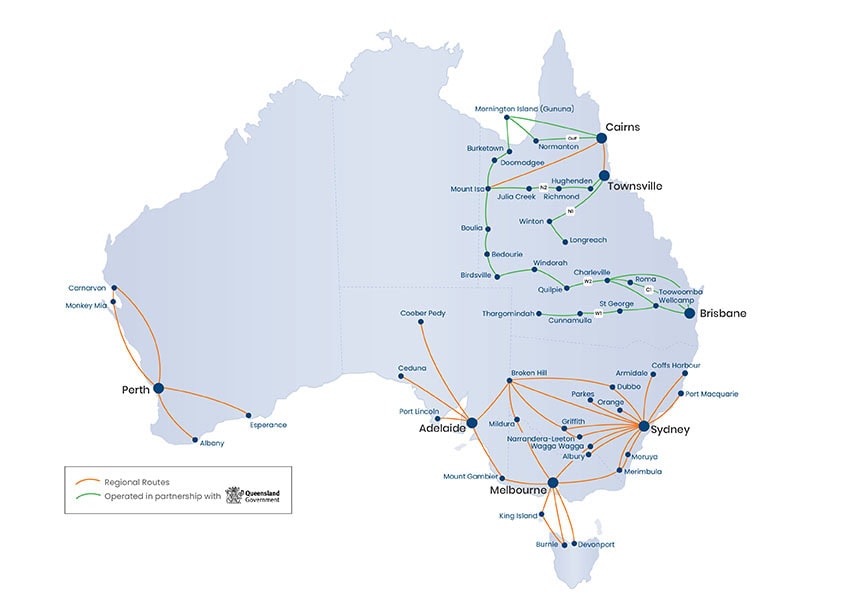When most people think of a gigantic rock formation in the Australian outback, their mind no doubt leaps straight to Uluru. However, the Bungle Bungles in WA’s Purnululu National Park is 60 times bigger and, some would say, a more exciting experience.
Although I visited the Bungle Bungle Range more than a decade ago, the memory of the experience has never dimmed – it is still one of the most spectacular natural formations I have ever seen in the world.
There is nowhere else on the planet where you can see hundreds of enormous tiger-striped, bulbous sandstone mounds rising 250 meters out of the stark, savannah grasslands in an equally stunning 2,400-square kilometre national park.
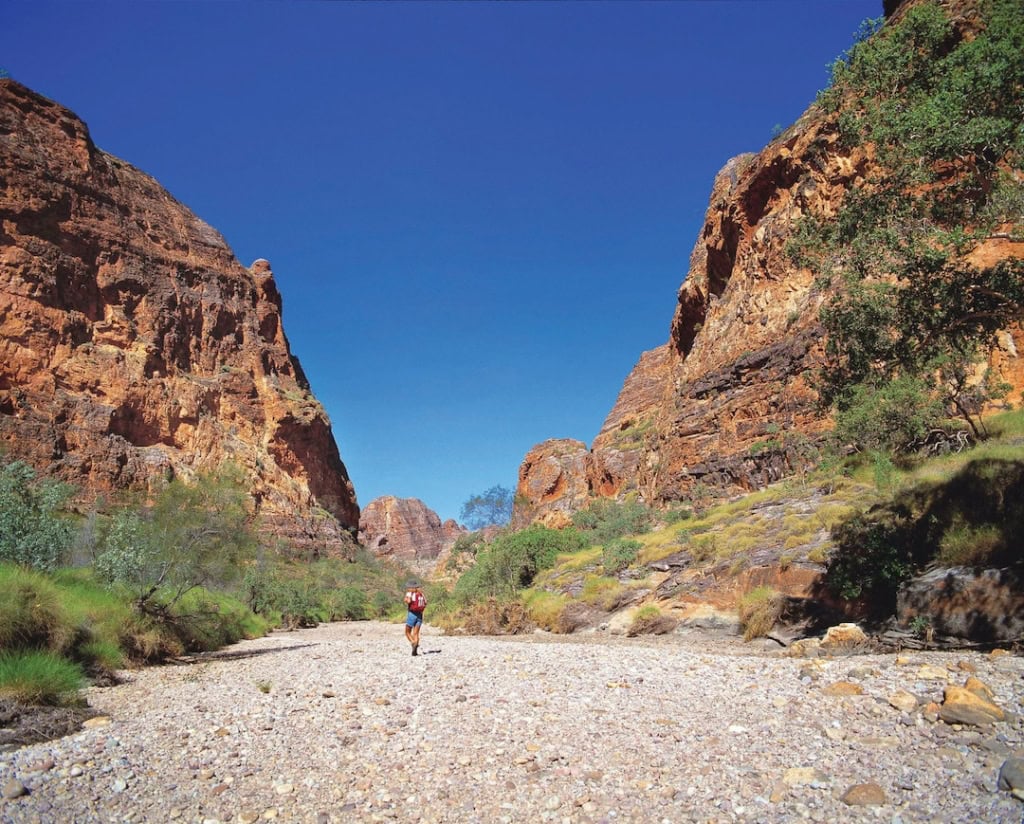
The Bungle Bungles (as it’s commonly known) was formed over 360 million years ago when sand and gravel were deposited during the Devonian period. The sand was left by rivers flowing from the northeast and at the same time, gravel from eroding mountain ranges to the north-west were also being deposited into the range.
The quartz sandstone eroded over a period of 20 million years into the remarkable series of beehive-shaped cones that we see today – the steeply sloping surfaces distinctly marked by regular horizontal bands of dark-grey Cyanobacteria.
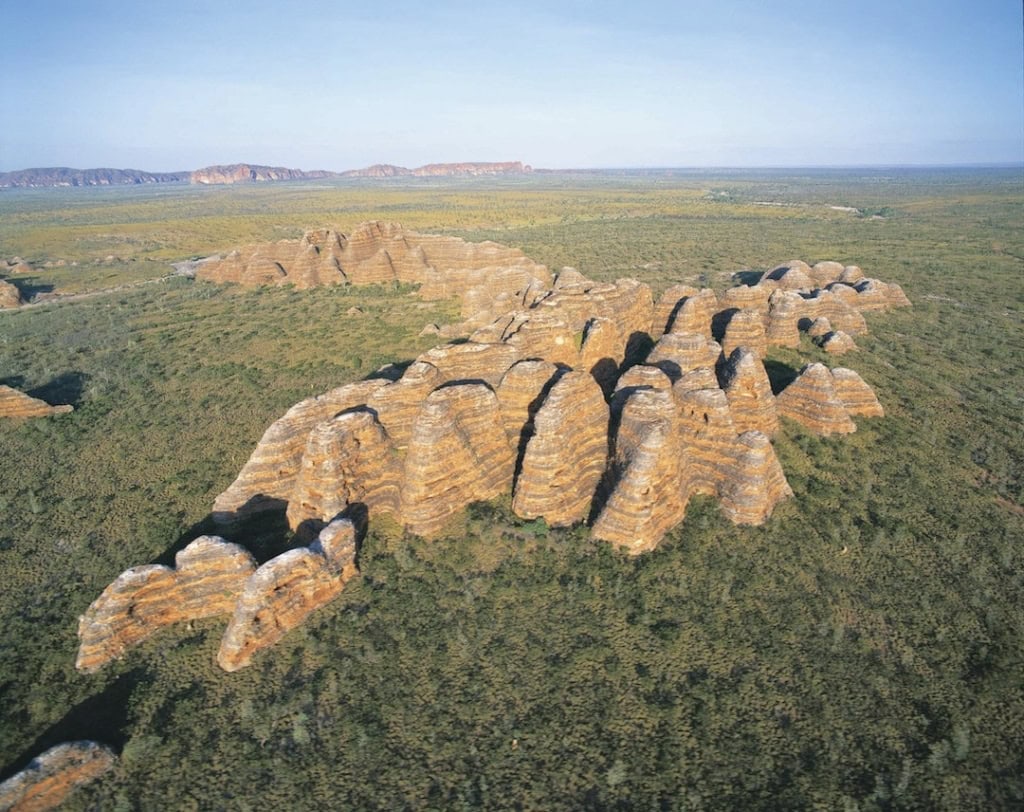
The Bungle Bungles are, by far, the most outstanding example of cone karst in sandstones anywhere in the world. But put more simply, the range is the sediment of an old river bed, which was laid down in layers, compressed into sandstone and eventually lifted up to form mountains. Oxidisation of the iron in the sandstone gives the range its beautiful orange and red colours.
The sandstone is also very soft, and so the raging waters of the wet seasons have carved out creeks and deep canyons, rifts, chasms and gorges. Don’t miss the gob-smackingly beautiful circular Cathedral Gorge – created by a massive whirl pool in the Wet Season.
Indigenous heritage and early history
The Bungle Bungles is a magical place where the Indigenous Giji and Jaru people (the Traditional Custodians of Purnululu National Park) have lived for more than 20,000 years. Some believe up to 40,000 years is more accurate.
The name Purnululu comes from the Aboriginal Gija people, meaning ‘fretting sands’ – aka sandstone. In the Indigenous language, a word is repeated if there are many of the thing being described.
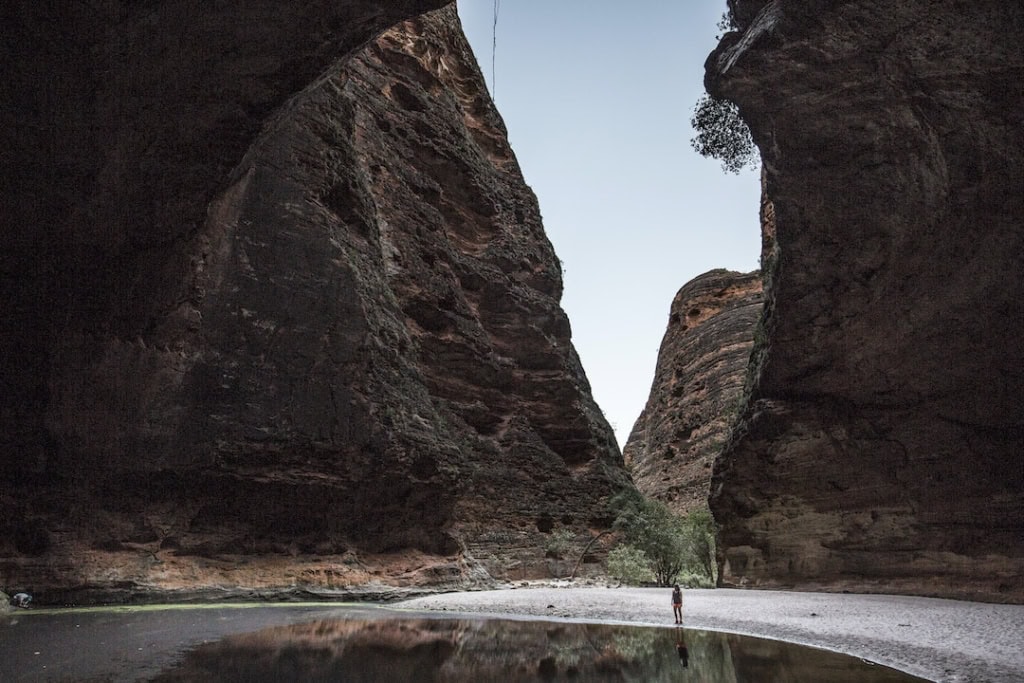
The traditional lifestyle of these tribes changed when the first colonial explorers – guided by surveyor Alexander Forrest (who, interestingly, was the Mayor of Perth twice) – began an exploration of the Kimberley in 1879. He and his team were searching for mineral resources and land for grazing livestock. They discovered gold in Halls Creek in 1885, which led to Western Australia’s first gold rush.
Some of Australia’s most famous Aboriginal artists such as Rover Thomas and Queenie McKenzie (now both deceased), come from this country.
For such an incredible, sprawling, dominant wonder, it’s hard to believe that non-Indigenous people only discovered the Bungle Bungles in 1983, when a film crew captured this part of Western Australia’s rugged wilderness for their documentary Wonders of Western Australia.

In 1987, Purnululu National Park was established and word of its wonders spread like wildfire around the world in no time at all. In 2003, it gained World Heritage Listing status for its ‘outstanding universal natural heritage values.’
4WD in the Bungle Bungles, or see it by air
You can 4WD to and through the Bungle Bungles, and get up close and personal with the caves, gorges, and stunning rock walkways. But note that it’s a really bumpy 53-kilometre dirt road that can take up to two and half hours. In places it’s like an alien landscape with strange pairings of things such as bright green ferns and palms with a backdrop of red desert rock.
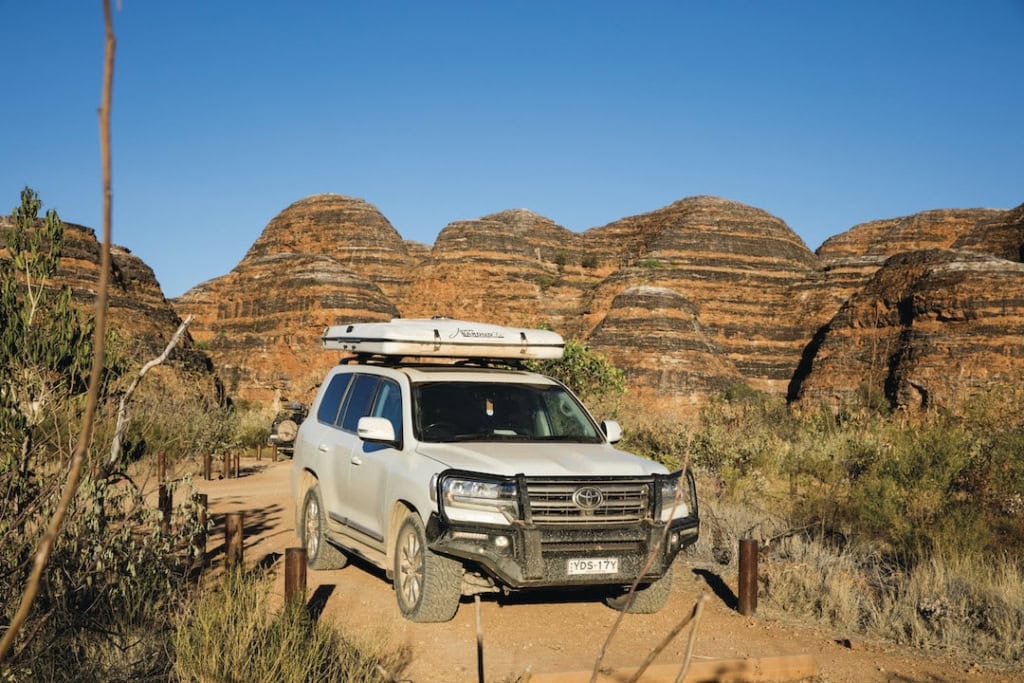
There is an abundance of native wildlife in the area, and if on foot, you might see echidnas, and if you’re very lucky, a Striped Face Dunnart or a Long Tailed Planigale – which are are amongst the more rare marsupial inhabitants.
Birds such as honeyeaters, doves, wood swallows and finches are also plentiful, and the elusive white-quilled rock pigeon and the Australian bustard also call the Bungle Bungles home. Overall, Purnululu National Park has 15 species of bats, 15 species of fish, 12 species of frogs. And there is at least one endemic lizard species – Lerista bungle bungle – a very rare little skink.
If you don’t have that kind of time on your hands, take a chopper ride or a small plane and fly over the ranges for some of the best views you will ever be witness to. A flight will also give you the chance to see how gigantic the Bungles Bungles really are. There are several operators in the area including Helispirit, Kingfisher Tours, Aviair Bungle Bungle Adventurer and Kimberley Air Tours.
Bungle Bungles accommodation
If you want to linger longer and really immerse yourself in nature, Walardi Campground is 12-kilometres south of the visitor centre, in the direction of the beehive domes, Cathedral Gorge, Whip Snake Gorge, Piccaninny Creek and the helicopter landing pad. There’s also the beautiful private campground, Bellburn.
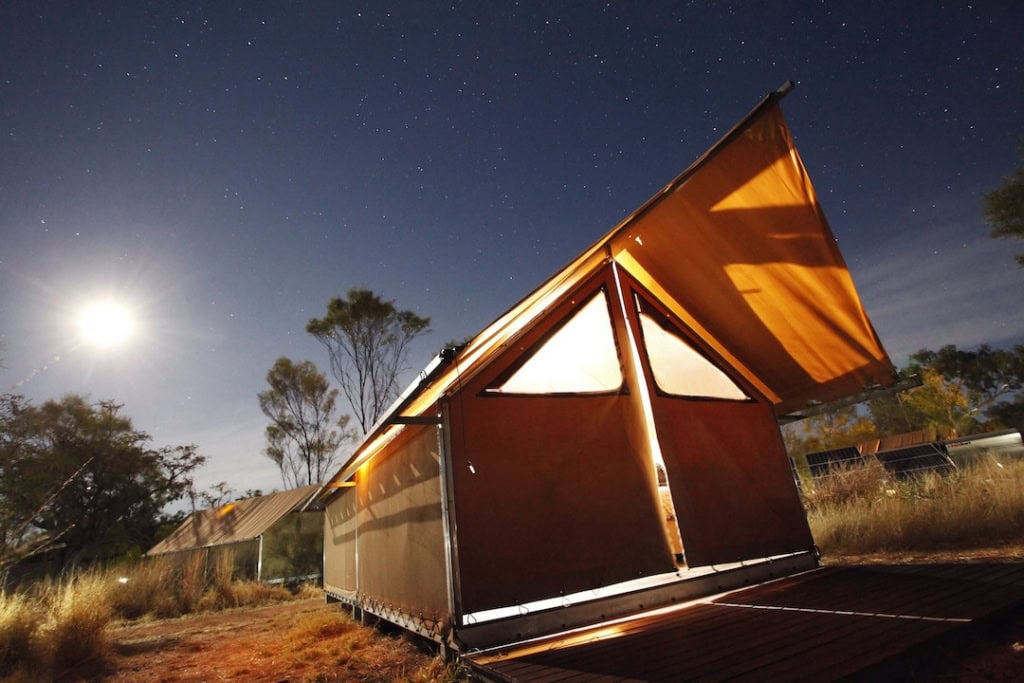
There are many accommodation offerings inside the park boundary, such as a glamping option at Bungle Bungle Wilderness Lodge. About 100 kilometres from Kununurra is the private wilderness park, El Questro – an absolutely stunning property boasting waterfalls, gorges, forests, and four different river systems.
You’ll find camping and rooms at The Station and tented cabins at Emma George Resort. Or you can stay at the luxurious six-star retreat, El Questro Homestead. Alternatively, book a package with East Kimberley Tours, combining guided exploration with a night in the eco-friendly Bungle Bungle Savannah Lodge and a scenic flight over the area.
To read about more natural features you need to explore, click here.


